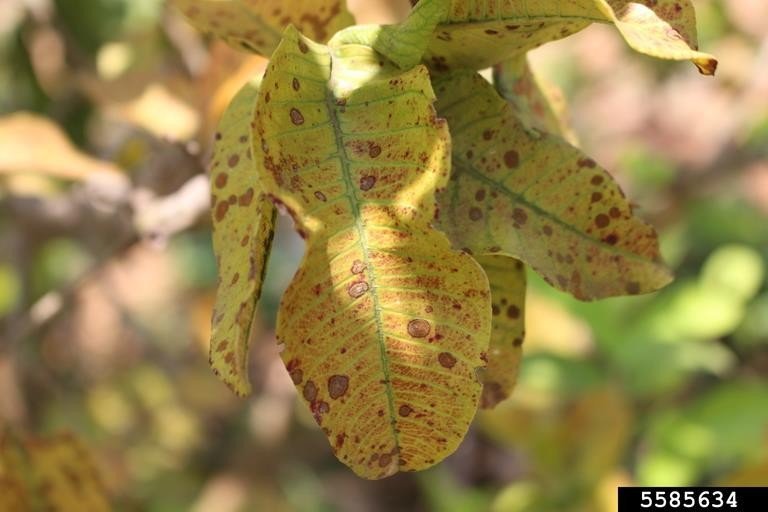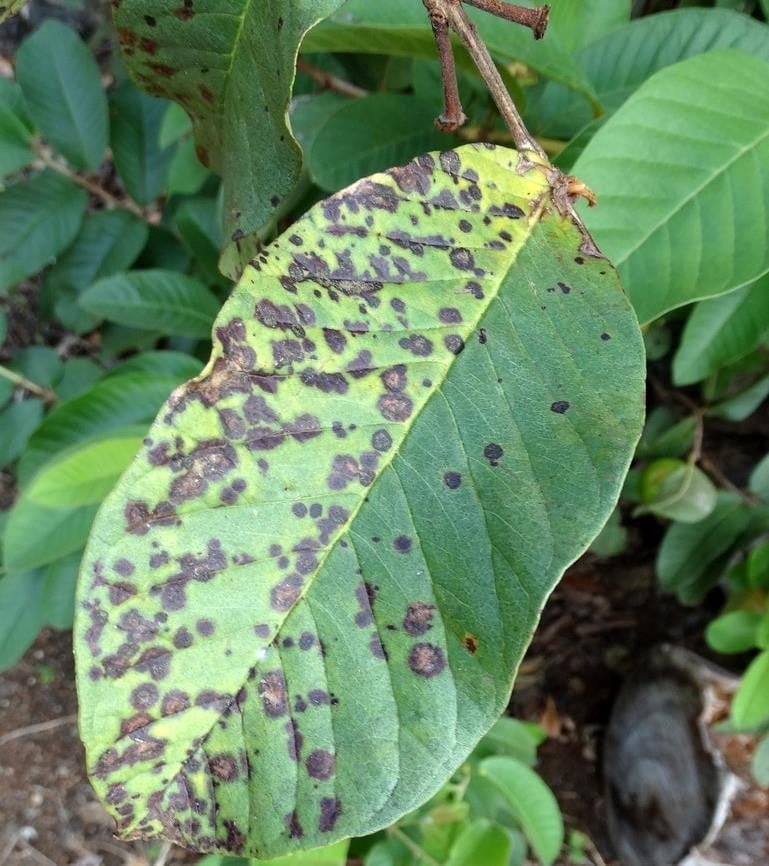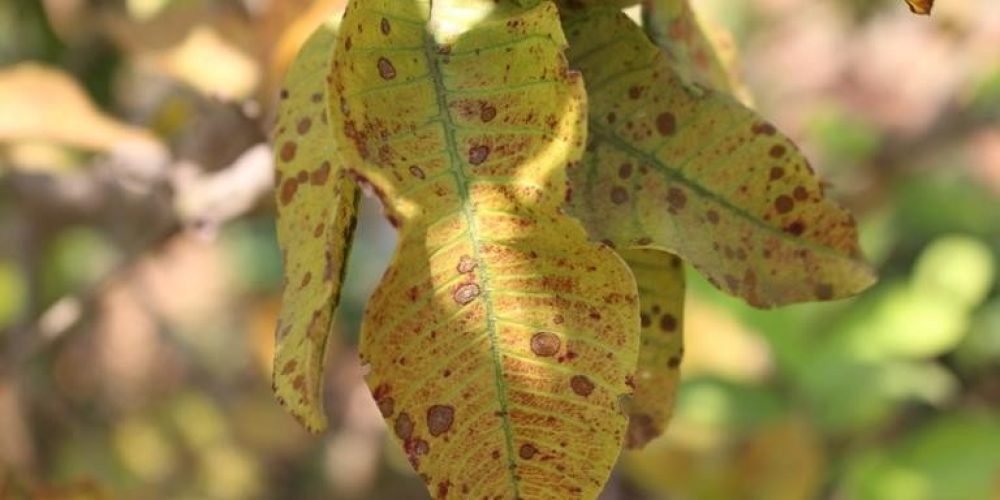English name: Spot Leaf Algal Guava
The scientific nameCephaliurus vercens Cephaleuros virescens
The type of disease: Algal disease
family: Trentepohliaceae
Symptoms
Algal spot on guava leaves appears as raised, velvety green or reddish-brown spots or spots on the upper surfaces of guava leaves. These spots can coalesce and cover a large portion of the leaf surface, leading to premature leaf drop. In severe cases, algae growth can also occur on stems and fruits, causing discoloration and deformation.



Reasons
Guava algae leaf spot is caused by the parasitic green alga Cephaleuros virescens, which can infect a wide range of plant species.
Propagation conditions
The algal pathogen thrives in warm, humid environments with high relative humidity and frequent rainfall or overhead irrigation. Algae produce motile zoospores that can be spread by wind, rain, or water spray.
Disease course
The moss pathogen can overwinter as dormant cells or spores on infected plant debris or in the soil. When environmental conditions are favourable, spores or cells germinate and produce motile zoospores that can infect sensitive host tissues. Once established, the algae form a dense mat of threads on the leaf surface, extracting nutrients from the host and causing tissue damage. Algae can produce additional zoospores throughout the growing season, facilitating further spread.
losses
Severe infection with algal leaf spot can result in premature defoliation, reduced photosynthesis, and stunted plant growth, ultimately affecting fruit yield and quality.
Control strategy
An integrated approach including cultural practices, pruning and chemical control measures is recommended for the management of guava moss leaf spot.
Preventive measures
Ensure good air circulation in the orchard, avoid excessive watering, and remove and destroy infected plant debris.
Organic/chemical control
For organic control, copper-based fungicides (such as copper hydroxide and copper sulphate) or potassium bicarbonate solutions can be effective when applied preventatively. Chemical fungicides containing active ingredients such as chlorothalonil, mancozeb, or propiconazole can also be used according to label instructions to control algae growth.
References
https //www.plantvillage.psu.edu/posts/69712/images Hotpas://goodkas. live/product_details/4404167.html



